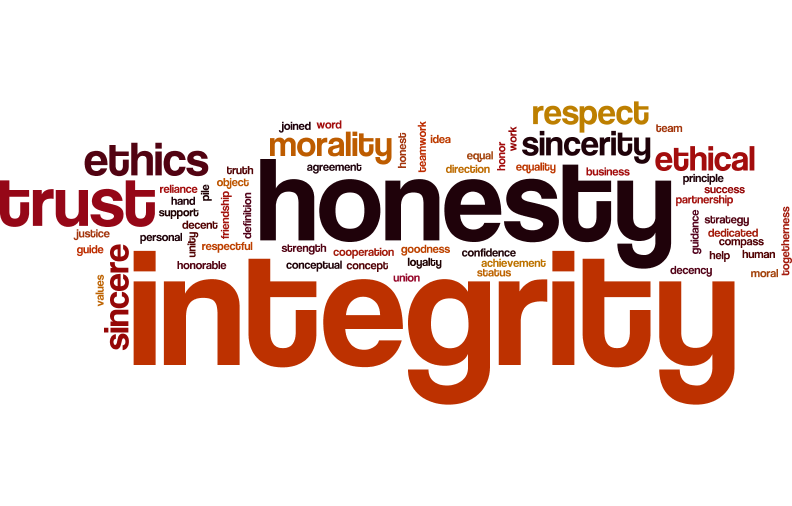 Leaders work hard to put systems in place to discourage unethical behavior, to create a culture of integrity, and to role model ethical leadership. Yet – even with all this – every organization faces possible breakdowns in ethical behavior. Human nature simply poses challenges to consistent integrity.
Leaders work hard to put systems in place to discourage unethical behavior, to create a culture of integrity, and to role model ethical leadership. Yet – even with all this – every organization faces possible breakdowns in ethical behavior. Human nature simply poses challenges to consistent integrity.
What can leaders do to be even more vigilant in detecting possible lapses in ethical conduct in their organization?
A suggestion from a recent issue of Harvard Business Review* is to conduct a regular Integrity Survey. The author suggests three questions:
1. In the past quarter, have you observed any of the following?
___ Conflicts of Interest
___ Sexual Harassment
___ Bribes or inappropriate Gifts
___ Antitrust violations
___ Theft
2. If you observed questionable conduct, did you report it? Please answer yes or no to the following:
___ Conflicts of Interest
___ Sexual Harassment
___ Bribes or inappropriate Gifts
___ Antitrust violations
___ Theft
3. If you noted in question two that you didn’t report the questionable conduct, why not? Please explain:
The categories for the questions may not fit every organization and they can be changed. The idea is to do this on a regular basis, assure that people can respond anonymously, and then take action on the results.
There are two main benefits of the survey. First, it will tell you how much of an “integrity gap” you may have.
Next, it will give you clues on how to take action. Most organizations who have done these surveys find that they need to find better ways to allow employees to voice their concerns. Figuring out ways to support employees in getting over the fear of retaliation, for example, is a common action.
Building an organization of integrity is a journey, not a destination. Effective, ethical leaders understand that they must be continually vigilant in order to have the most ethical organization possible. An Integrity Survey can provide data to support the process.
*Soltes, E. “Where is Your Company Most Prone to Lapses in Integrity?” Harvard Business Review, July – August 2019, pp. 51 – 54.